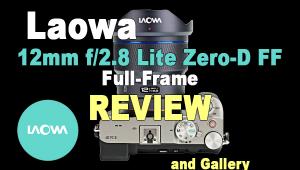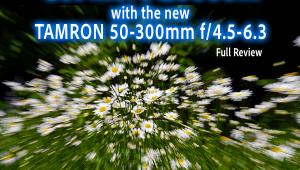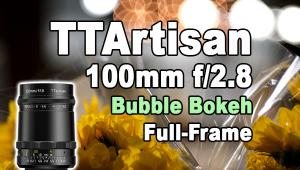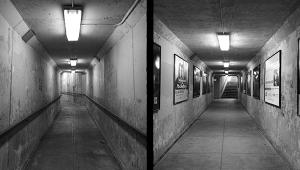Leica M with 50mm APO Summicron, Part II

Beauty is as beauty does. A Leica M with a 50mm APO Summicron attached is the iconic archetype of modern digital cameras with retro design. Using it is a prodigious experience comparable to, let’s say, playing a concert Steinway grand piano, or maybe setting the hands on a Patek Philippe timepiece. I’m only guessing here, ‘cause I’ve done neither. But I did use a Leica M and 50mm APO Summicron for a week. Did they perform? Read on…
For the record, I never use words like “prodigious,” but using a Leica M with 50mm APO is such a unique experience that I figure it needs its own adjective. With a price tag that hovers just a shade below the $14,000 mark, clearly I’ll never own this equipment. Perhaps that made using it sweeter still. Sort of like being with a beautiful woman you know you’ll never see again.
The Leica M does not focus automatically. According to Leica, the “M” stands for “Messsucher,” a German word for “a combined range/viewfinder.” That’s how you frame your subject and focus. It works a lot like my circa 1967 Leica M4. Uses the same lenses too, and that alone is worth the price of admission. I figured that the “M” was borrowed from the venerable lineage of historic Leica M cameras, the M2, M3, M4 etc. Shows you how little I know.
It’s necessary to set the aperture, too—it’s not fully automatic. Yielding to the preferences of modern users, the Leica M offers Aperture Priority auto exposure. You set the f/stop, it responds by setting the correct shutter speed. I found exposure accuracy to be 100% Top Dead Center, by which I mean precise and absolutely correct.
Sharpness? Forget about it. Is an atom bomb drastic? The Leica M has a 24-megapixel CMOS sensor in 35mm full-format size. It resolves has high as optical physics allows. Contrast is perfectly balanced so that images appear crisp and even sharper. The digital signal processing engine, which Leica calls “the Leica Maestro image processor,” tweaks a bit to the over-saturated side for my taste, but that’s debatable, and can easily be modulated in Photoshop.
By definition, the APO designation, short for “Apochromatic,” means that the 50mm APO Summicron has been corrected so that all three colors of light focus on the same point. If you’ve ever played with a prism you learned how refracted light likes to diverge according to its wavelength—ROY B GIV, remember? Like a rainbow. Since that is the natural tendency of light, you can imagine how difficult it must be for optical engineers to make light pass through a lens and then converge. The benefits include greater color accuracy and more of the other things we like: sharpness, inherent contrast and higher acutance. “Acutance” is a word that’s not used much these days. The simple definition is “edge contrast.”
Will a Leica M and a 50mm APO Summicron make you a better photographer? Not likely. A happier photographer perhaps, but not a better one. But using this equipment for a week is like playing a round of golf with Arnold Palmer or dancing one dance with Charlize Theron—even if it’s never to be repeated, it’s a incomparable experience that will never be forgotten.
—Jon Sienkiewicz

















































